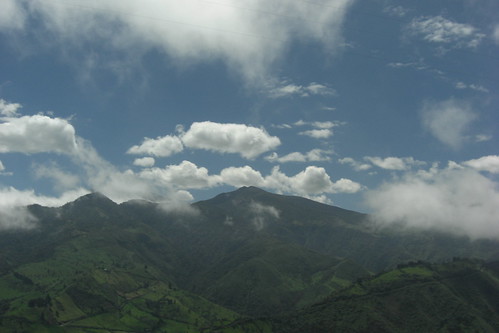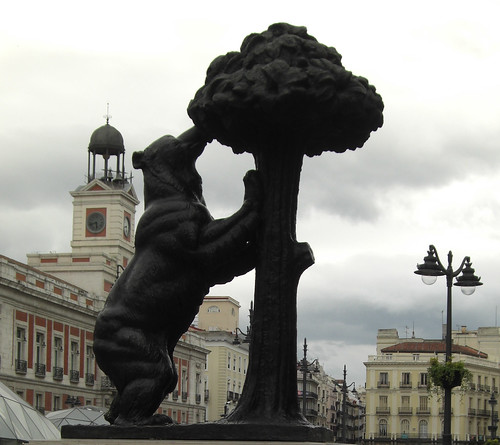Last weekend, the Smithsonian's National Museum of the American Indian brought a little piece of paradise to Washington, D.C., with the 2015 Hawaiian Cultural Festival. The festival, lasting May 16 & 17, brought together artists of all sorts to share hula, chanting, storytelling, traditional and contemporary Hawaiian music, food, traditional artists to celebrate Pele and Hi'iaka with D.C. residents and visitors.
Pele and Hi'iaka are Hawaiian deities that figure prominently in indigenous culture. Pele is the goddess of fire, volcanoes, and maker of lands, and Hi'iaka is her brave and clever youngest sister. Because Pele is the goddess of fire and volcanoes, she is honored by the color red. Pele holds such a special place in Hawaiian culture that there is a custom in her honor as a volcano erupts. It is said that as a volcano erupts and its lava flows down, a family should clean their home and set out a meal before leaving. If they do this, it will be seen as a sign of welcoming and respect for Pele and her lava's path will part around the family's home, leaving it unscathed by her wrath.
As shared by the Smithsonian, the epic journey of Pele and Hi'iaka (the abridged version; click here to watch the full story being told) goes like this:
Pele was driven out of the island of Kahiki (an island far from the Hawaiian islands) by her older sister Namaka. Pele, the Fire Goddess and maker of lands, bids farewell to Kahiki knowing she can never return. One majestic canoe carries her family across the vast ocean. A favorite uncle and keeper of the sacred fire sticks travels with Pele, and she is led across the oceans by her brother Kamohoali'i. After several battles with Namaka, Pele finally settles on the Big Island of Hawaii, where she occassionally spars with the goddess of snow and ice, Poli'ahu.
Once, while in a deep dream, Pele travels to the island of Kauai and falls in love with a prince Lohi'au, an Ali'i (royal) of the island. When her youngest sister Hi'iaka awakens her, Pele finds that she is far too weak to travel and begs Hi'iaka t travel and fetch Lohi'au for her. Hi'iaka reluctantly agrees, as long as Pele takes care of Hi'iaka's sacred Lehua grove (a flowering tree unique to the islands) while Hi'iaka is on her journey. Pele gives Hi'iaka a magic skirt of lei, and with it, Hi'iaka embarks upon an epic quest. Along her journey, Hi'iaka battles fierce dragon-like monsters, the Mo'o clan and their leader Mo'olau. Hi'iaka rescues Lohi'au from the monsters and brings him back to the impatient Pele, only to find that Pele, in her despair, had destroyed Hi'iaka's beloved Lehua grove.
This epic story was brought to life through the talented storytellers (and ukulele players) Taryn Lelea'e Wong, Moses William Goods III, and Kealoha Kelekolio. These storytellers are phenomenal. Thankfully, the Smithsonian recorded and webcast their tale, and you can watch it here!
In addition to talented storytellers, the rhythm of the Islands filled the museum's atrium with performances by hula dancers to music by the Aloha Boys. The dancers, dressed in red to honor Pele, brought to life traditional Hawaiian dances as well as showing newer forms of Hawaiian dance blended with contemporary Hawaiian music.
Many of the dances were reminiscent of the ocean's waves, but the dancers evoked an especially fiery energy while dancing as Mo'o (fierce dragon-like monsters of Hawaiian legend).
There were also several talented craftsmen and women showcasing traditional Hawaiian arts to visitors. They showed eager viewers techniques involved and explained the significance of each item in Hawaiian culture.
Here, William Char demonstrates traditional lei making with different leaves, plants, and flowers found on the Hawaiian islands. The red lei represents Pele, and the white lei to the left represents the ice of Poli'ahu, the Snow Goddess.
Above, Taryn Lelea'e Wong demonstrates traditional feather leis that served a unique role in Hawaiian culture. Because Hawaii produces no natural gemstones, feather leis were a sign of royalty and high social status.
| This black and red lei took approximately 80 hours to make. Its black feathers are the naturally colored feathers of a mallard, and the red feathers are dyed goose feathers. |
The feathers are either a natural color or dyed, and are incredibly time-intensive to make. Because of the detail and time required to make a feather lei, they are expensive and thus reserved for those who could afford to pay.
Unlike other markers of royalty in traditional cultures, Ms. Lelea'e Wong explained, different colors did not necessarily connote higher class or royalty standing - just being able to own and wear a feather lei in itself indicated royalty.
I gained a deeper insight to Hawaiian culture and history and hope to someday experience the islands first-hand. I am looking forward to Smithsonian and the National Museum of the American Indian's next big cultural festival - the Inti Raymi Andean summer solstice festival in Washington, D.C., and New York City. I had the chance to see this festival while working in Ecuador in 2013 and am excited to participate in the Washington, D.C., celebrations.















 1:33 AM
1:33 AM
 J-Mad
J-Mad

 Posted in:
Posted in: 











